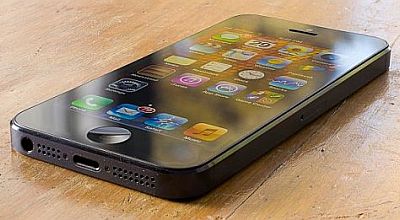CALIFORNIA - Android is an operating system which is the most popular smartphone in the U.S. market (U.S.). But according to recent studies, when compared to the Android users a richer and more highly educated like the iPhone.
Reporting from The Register, Saturday (06/08/2013), the Pew Research Center surveyed 2,252 U.S. adults for 17 April to 19 May 2013 and found that smartphone owners overall closely related to income and education. In general, the more money they possessed more educated respondents. Thus the more likely they are to have a smartphone than a feature phone.
Survey revealed that respondents with mobile revenue was $ 150 thousand or more iPhones. While only 40 percent of respondents with incomes ranging between U.S. $ 75 thousand and $ 150 thousand to say that they have an iPhone. That is, ownership of the iPhone is not a common thing for the lower income levels.
In comparison, with the same income level is only 27 percent and 31 percent of respondents have an Android device.
In addition, 38 respondents with undergraduate or graduate degrees have an iPhone, while only 29 percent of Android phones. For education that did not graduate from high school turned out to only 11 percent who have an iPhone, while 25 percent have an Android phone.
Reporting from The Register, Saturday (06/08/2013), the Pew Research Center surveyed 2,252 U.S. adults for 17 April to 19 May 2013 and found that smartphone owners overall closely related to income and education. In general, the more money they possessed more educated respondents. Thus the more likely they are to have a smartphone than a feature phone.
Survey revealed that respondents with mobile revenue was $ 150 thousand or more iPhones. While only 40 percent of respondents with incomes ranging between U.S. $ 75 thousand and $ 150 thousand to say that they have an iPhone. That is, ownership of the iPhone is not a common thing for the lower income levels.
In comparison, with the same income level is only 27 percent and 31 percent of respondents have an Android device.
In addition, 38 respondents with undergraduate or graduate degrees have an iPhone, while only 29 percent of Android phones. For education that did not graduate from high school turned out to only 11 percent who have an iPhone, while 25 percent have an Android phone.
